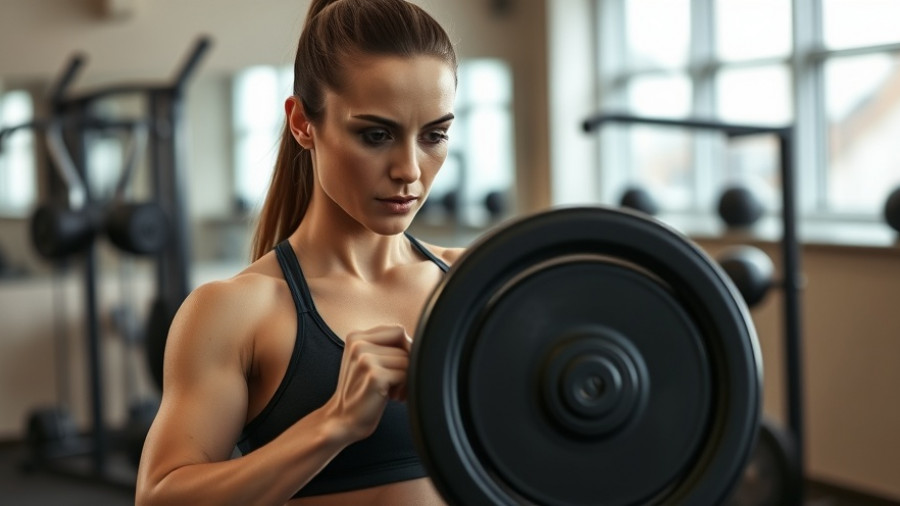
The Landmark Case of Kristie Higgs: A Triumph for Free Speech and Religious Expression
In a pivotal ruling, Kristie Higgs, a Christian school administrator, emerged victorious in a six-year legal battle against her dismissal for expressing concerns regarding LGBT-inclusive education on her social media. The Court of Appeal deemed her firing from Farmor’s School in Gloucestershire as disproportionate, thereby establishing a significant precedent for free speech and religious belief in the workplace.
Higgs' predicament underscores the intricate relationship between personal beliefs and professional obligations. Despite her posts being made on a private Facebook account, and under her maiden name without explicit ties to her employer, the school maintained that her views were detrimental to its reputation. The court’s ruling strongly emphasizes that lawful expressions of personal belief, regardless of their contentious nature, should not result in employment penalties.
Historical Context of Free Speech in Employment
This ruling not only reaffirms the value of free speech but also reshapes the landscape for religious expression in the workplace. The Court highlighted that under the Equality Act, traditional Christian beliefs concerning sexuality and gender identity warrant protection. This legal framework aims to provide a safeguard against dismissals based on personal convictions, reinforcing the idea that an employer must substantiate any dismissal with objective justification.
Challenges Faced by Employees Expressing Religious Views
The dismissal of Kristie Higgs is not an isolated incident; many individuals have faced similar repercussions for voicing their beliefs. The cultural climate has increasingly pressured employees to self-censor, often fearing backlash for expressing Christian viewpoints. This ruling appears to serve as a clarion call urging all Christians to recognize their rights and to detour from fears of repercussions when articulating their beliefs regarding sensitive issues such as sexual education.
The Implications of the Ruling for Future Cases
The Court's decision is poised to inspire confidence among Christians who have previously chosen silence over the risk of employment termination. It identifies a clear, higher standard for dismissals based on belief-expression, a move welcomed by numerous advocacy groups, including the Equality and Human Rights Commission. It challenges employers across the UK to reconsider their policies concerning freedom of expression, especially when such expressions pertain to long-held beliefs.
Conclusion: A Call to Embrace Free Expression
Krisite Higgs' legal victory extends beyond her individual experience; it represents a broader struggle for the preservation of free speech and religious liberty in modern society. As outlined by Andrea Williams from the Christian Legal Centre, this ruling not only protects Kristie's rights but also lays the groundwork for subsequent cases across various sectors, encouraging those of faith to stand resolutely in their convictions.
This landmark decision marks a pivotal moment for employees who wish to engage in open dialogues regarding their beliefs at work. Understanding and advocating for one’s rights in expressing personal views is essential, particularly in a workspace that has historically silenced dissenting perspectives.
 Add Row
Add Row  Add
Add 




Write A Comment